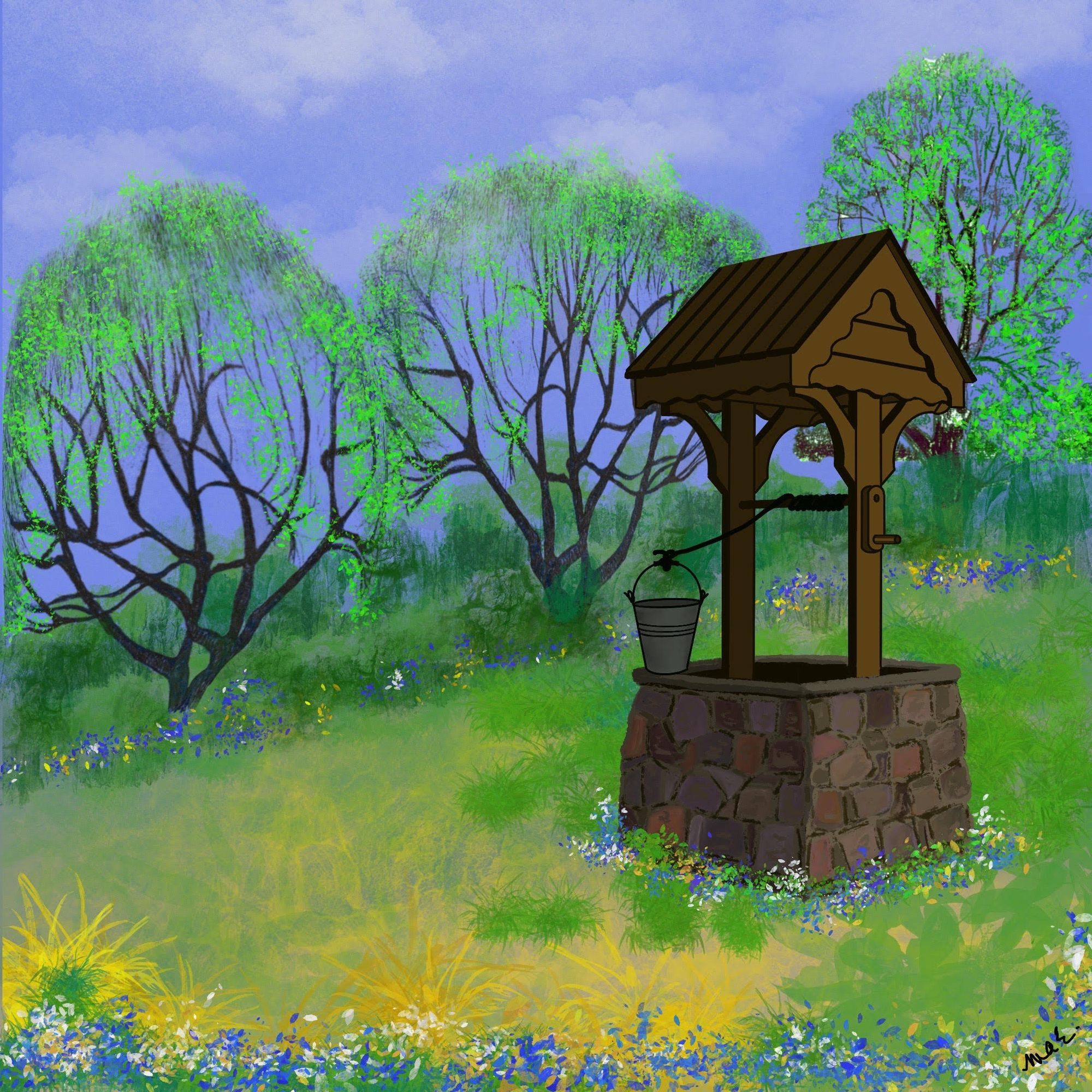Academic testing is like water testing in that a passing grade in one realm doesn’t apply to others. Just as an algebra exam won’t affect your history grade (or it shouldn’t), a coliform test definitely won’t tell you if chemicals are in your water.
All wells are vulnerable – none are in “solid rock”, which would be a dry hole in the ground. Water enters boreholes through joints, fissures, and sedimentary formations, and also through bedding planes. Guess what – contaminants can get in the same way.

A common indicator of potential pathogens in the water is coliform bacteria. Soil coliforms are harmless, but fecal coliforms live in the digestive tract of warm-blooded animals. They could indicate pollution from a septic system or manure runoff.
Lead, arsenic, cadmium, and copper are called inorganic pollutants. So are nitrates from fertilizers, which can sicken or kill infants. Older pesticides contained heavy metals, which don’t break down, and some farms still have high levels of these. Cadmium and chromium are released from smelting and when coloured paper is burned. All can leach into groundwater.
“Organic” is misleading, because while organic food is good, eating organic chemicals is not. Degreasers, gas, oil, antifreeze, and paint are examples of organic compounds. It’s easy to pollute groundwater here in a region with high precipitation and a relatively shallow water table. Leaky fuel tanks, floor drains, and even surface spills can contaminate wells.
We’ve heard that oil and water don’t mix, which is only a partial truth. Benzene from gas or diesel is 0.018% water-soluble. Given that the allowable limit of benzene in drinking water ranges from 0.07 parts per billion (ppb) in New York State, and no more than 10 ppb in other jurisdictions, a concentration of 0.018% is a big deal – that’s 180,000 ppb! Fortunately, benzene’s odour threshold is 50-100 ppb, depending on the individual, so we’d never drink that water at extremely high levels.
Chlorinated solvents like paint thinners and degreasers that get washed down our drains can enter groundwater through septic leach fields. These have high odour thresholds, meaning one could imbibe a lot without noticing.
Because groundwater is always (slowly, in general) flowing, contamination from previous incidents may show up years later. Pollution from one property can and does migrate onto others.
Testing for gasoline, pesticides, antifreeze, and metals all require different tests. Testing for metals is relatively cheap; usually a $50 setup fee and $10-15 for each metal you want to include. A petroleum scan might run $80 or so, but for certain pesticides it can cost hundreds.
Most contaminants can be removed by filtration, but systems are pricey to maintain. Sometimes, drilling a new well up-gradient from a polluted area is more cost-effective than ongoing filtration.
The take-home message is that anything we take home and put onto the ground or down the drain can get into our water. It’s wise to have an annual coliform test done. If you’re concerned about chemicals, a scan equivalent to US EPA Method 503.1 covers a broad range of organic compounds. This includes most of the chemicals one is likely to find in a house or garage.
Let’s be careful with fuel, auto fluids, and household chemicals so that we keep our water, and that of our neighbours, well.
By Paul Hetzler, former Cornell Extension Educator
His most recent book, Head of the Class: Smart as Slime Mold: Nature's Funny Bone Revealed is available on Amazon.com and Amazon.ca.
Marie-Anne Erki
Marie-Anne Erki, TI Life illustrator and accomplished artist. She is also Professor Emeritus of Civil Engineering at Canada's Royal Military College where she taught for twenty years. She has already produced individual illustrations for Patrick Metcalf's The Witch of Wellesley Island (see STORIES+) and illustrated some of Paul Hetlzer's past articles.
[Editor’s Note: As spring arrives and people start opening up their cottages, having your well water or your filtration system tested as part of the opening routine is a good idea.]
Posted in: Volume 17, Issue 3, March 2022, Nature
Please click here if you are unable to post your comment.
